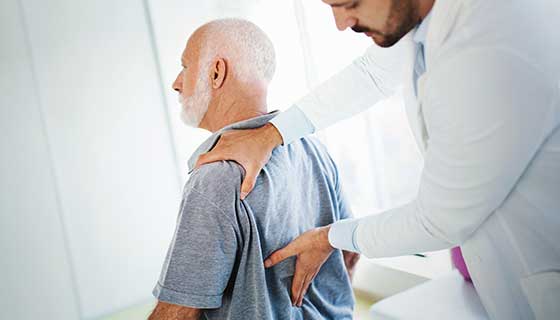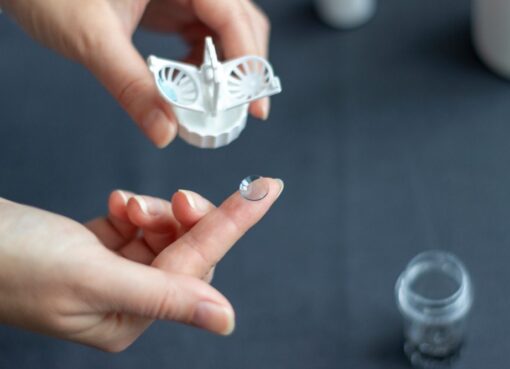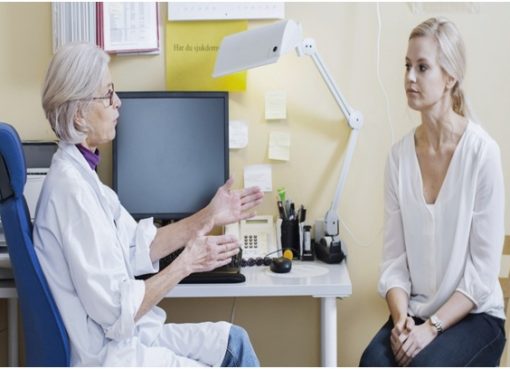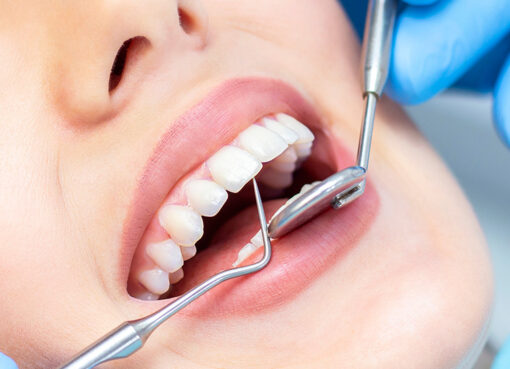Spinal stenosis is common and involves the narrowing down of your spine. Several factors can contribute to the narrowing, which in turn causes muscle weakness, nerve pain, and other awful symptoms. Although there is no actual cure for the condition, Georgetown spinal stenosis specialists put several approaches to treat the condition. Overcoming the symptoms might require combining different techniques, including lifestyle changes, medical treatments, and alternative techniques. Surgery can also become an option when your condition is severe and does not respond to other treatments. The following are the most effective strategies for managing spinal stenosis.
Light Stretches and Exercises
Spinal stenosis weakens your back muscles causing painful symptoms and mobility issues. Your doctor can recommend light activities and stretches to help you restore flexibility in your back and strengthen your muscles. Back stretches can help relax your spine and improve the function of your back muscles. Abdominal exercises can help strengthen your core muscles which support your back for stability. You can also boost your cardio by riding a stationary bike and avoiding activities like running, jogging, or sprinting, which can worsen your symptoms. Swimming and tai chi can also help exercise your back muscles.
Lifestyle Changes
You can take charge of your treatment at home to improve your spinal stenosis symptoms. The general rule is not to attempt anything without getting an accurate diagnosis from your medic. You might try hot or cold therapy on your back to find which one works best for you, and remember to stick to your doctor’s instructions. Also, you can use a walker to relieve stress from your spine when moving around. You can also consult your doctor about using a back brace to support your spine. Additionally, you must check and improve your posture by sleeping right and having chairs with lumbar support.
Medications
You can consult your doctor about medications if stretches and lifestyle adjustments fail to lift your spinal stenosis symptoms. Your doctor can recommend muscle-relaxing medications, nonsteroidal anti-inflammatory drugs (NSAIDs), or Corticosteroids. You must adhere to your doctor’s instructions when using painkillers which should only be used temporarily. Your doctor’s corticosteroids are injected into your spine to temporarily provide temporary pain relief to help you complete your daily tasks.
Alternative Medicine
Some people have benefited from alternative medical techniques like massage and acupuncture. Ensure you get these techniques to form specialists specializing in spinal issues to avoid complications. Massage can help you, but it should be done with caution. Spinal stenosis symptoms can improve when a deep tissue massage is done right. Find a qualified provider to perform the treatment on your back or legs without worsening your existing symptoms. You might need regular sessions for maximum benefits.
Consider Surgery
Surgery comes as a last resort after conservative and nonsurgical treatments fail to lift your spinal stenosis symptoms. Although surgical operations are feared, there are fewer risks when the right specialists are involved. Investigate the qualifications and expertise of your provider to know if you can trust them with back surgery. Your provider can recommend imagery tests to have a clear view of your spine to determine the right procedure. You might gain from a laminotomy or laminectomy operation to relieve pressure off your spinal nerves. Also, you might need a spinal fusion when your condition is severe.
Spinal fusion can be painful and disruptive but not unmanageable. Talk to the Republic Spine & Pain specialists to learn how you can effectively manage your symptoms. A consultation appointment is a phone call away or a few clicks online.





